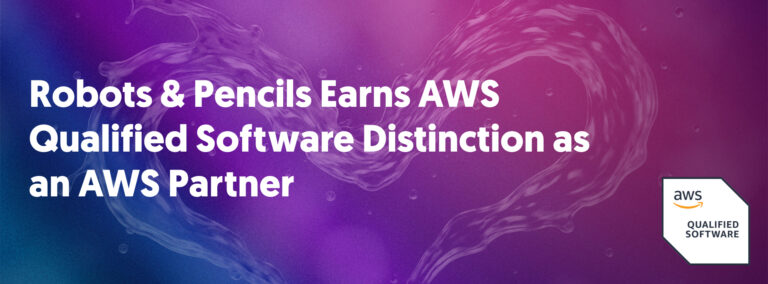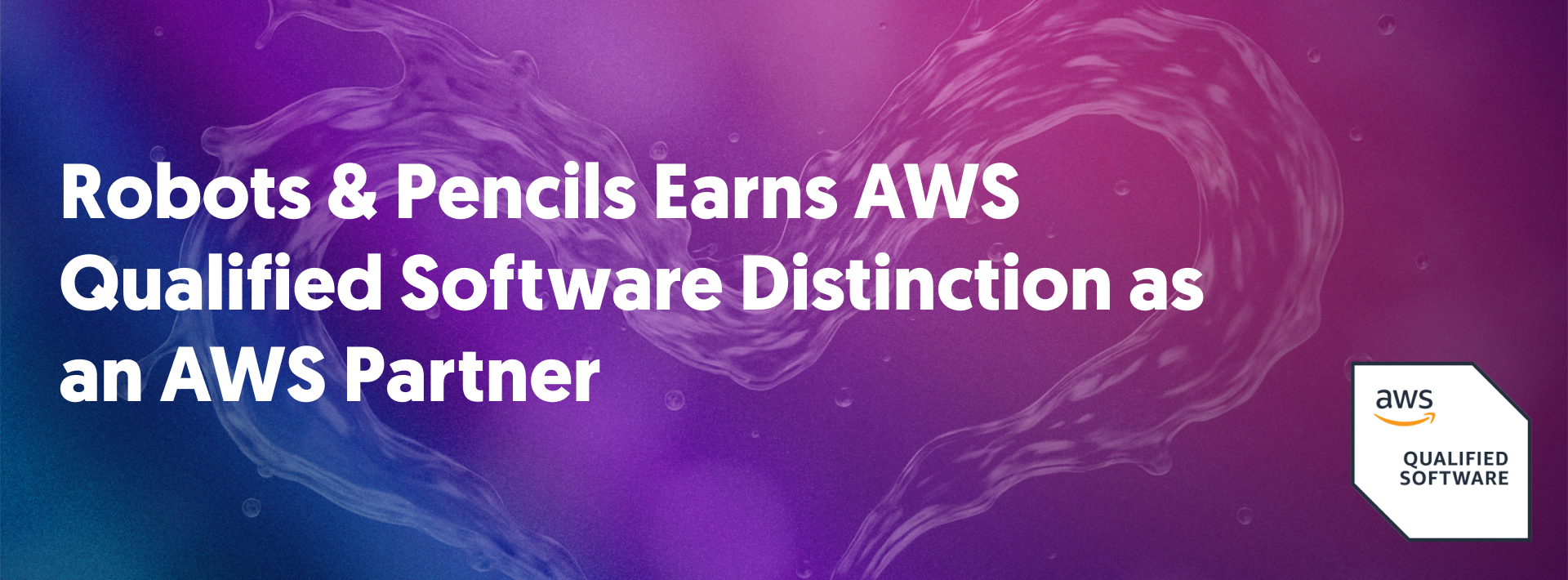From Alexa to Emma, Kirk brings two decades of AI breakthroughs that have reshaped industries. Now he’s powering Robots & Pencils’ rise in the intelligence age.
Robots & Pencils, an AI-first, global digital innovation firm specializing in cloud-native web, mobile, and app modernization, today announced the executive appointment of Jeff Kirk as Executive Vice President of Applied AI. A seasoned technology leader with a career spanning global agencies, startups, and Fortune 100 enterprises, Kirk steps into this newly created role to accelerate the firm’s AI-first vision and unlock transformative outcomes for clients. As EVP of Applied AI, Kirk will lead the firm’s strategy and delivery of AI-powered and enterprise AI solutions across industries.
Explore how Robots & Pencils blends science and design to build market leaders.
Kirk’s track record speaks for itself, with AI breakthroughs that fueled customer engagement and business growth. He founded and scaled Moonshot, an intelligent digital products company later acquired by Pactera, where he spearheaded next-generation experiences in voice, augmented reality, and enterprise digitalization. At Amazon, he served as International Product & Technology Lead for Alexa, driving AI-powered personal assistant expansion to millions of households and users worldwide. Most recently, at bswift, Kirk led AI & Data as VP, delivering conversational AI breakthroughs with the award-winning Emma assistant and GenAI-powered EnrollPro decision support system.
Across each of these roles runs a common thread. Kirk builds and scales innovations that transform how industries work, creating technologies that move from experimental to essential at breathtaking speed.
“Jeff has been at the frontier of every major shift in digital innovation,” said Len Pagon, CEO of Robots & Pencils. “From shaping the future of eCommerce and mobile platforms at Brulant and Rosetta, to pioneering global voice AI at Amazon, to launching AI-driven customer experiences at bswift, Jeff has consistently delivered what’s next. He doesn’t just talk about AI. He builds products that millions use every day. With Jeff at the helm of Applied AI, Robots & Pencils is sharpening its challenger edge, helping clients leap ahead while legacy consultancies struggle to catch up. I’m energized by what this means for our clients and inspired by what it means for our people.”
Across two decades, Kirk has built a reputation for translating complex business requirements into enterprise-grade AI and technology solutions that scale, stick, and generate measurable results. His entrepreneurial mindset and hands-on leadership style uniquely position him to help clients experiment, activate, and operate AI across their businesses.
“Organizations and their workers are under pressure to innovate on behalf of customers while simultaneously learning to work with a new type of co-worker: artificial intelligence,” said Kirk. “The steps we take together to learn to work differently will lead to the most outsized innovation in our industries. I’m thrilled to join Robots & Pencils to push the boundaries of what’s possible with AI, to deliver outcomes that matter for our clients and their customers, and to create opportunities for our teams to do the most meaningful work of their careers.”
Kirk began his career at Brulant and Rosetta, where he worked alongside Pagon and other Robots & Pencils’ executive team members, leading engineering and solutions architecture across content, commerce, mobile, and social platforms. His return to the fold marks both a reunion and a reinvention, positioning Robots & Pencils as a leader in applied AI at scale.
The pace of AI change can feel relentless with tools, processes, and practices evolving almost weekly. We help organizations navigate this landscape with clarity, balancing experimentation with governance, and turning AI’s potential into practical, measurable outcomes. If you’re looking to explore how AI can work inside your organization—not just in theory, but in practice—we’d love to be a partner in that journey. Request an AI briefing.













